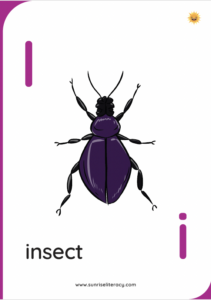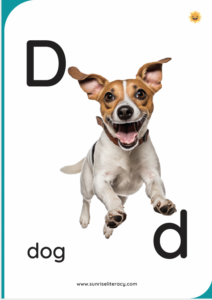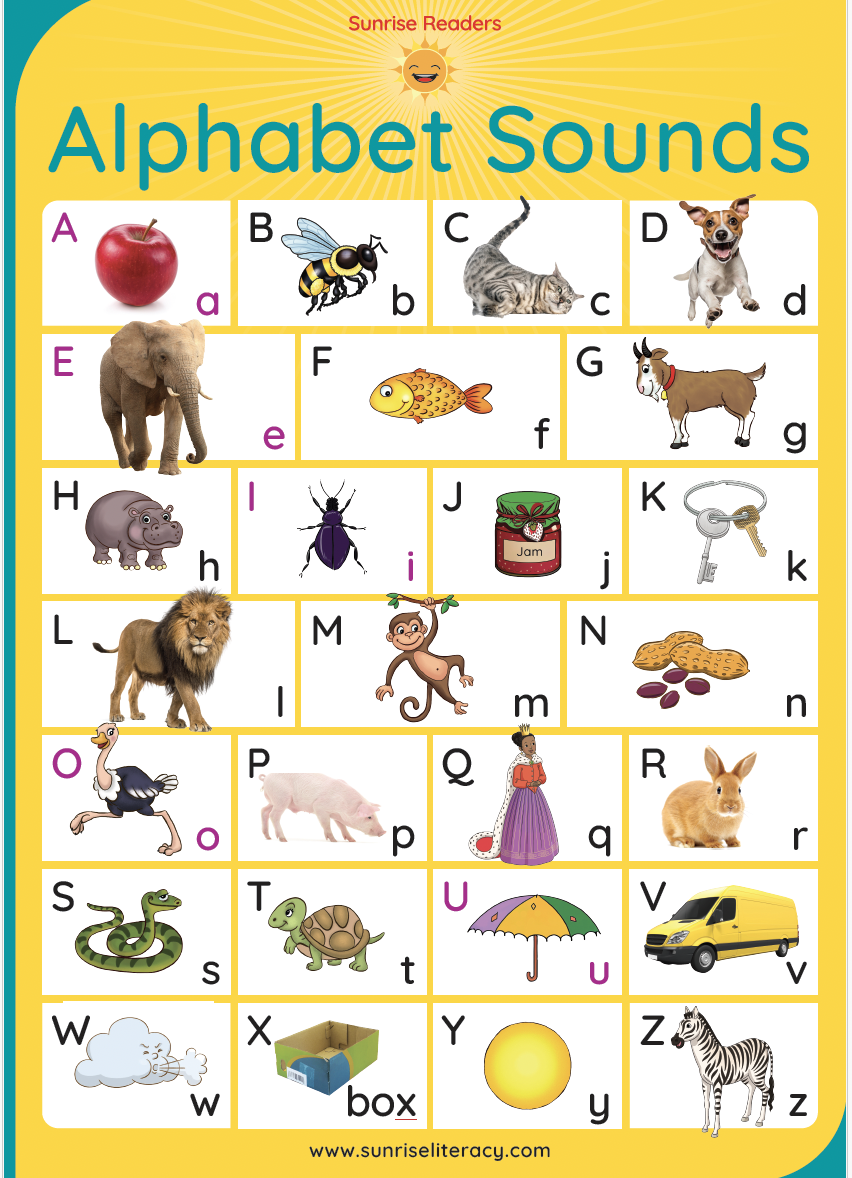Use alphabet flashcards and charts to teach letter names and sounds
Teaching the Alphabet using Alphabet Flashcards and Charts
The very first thing children need to learn is that written letters represent sounds. As adults, we often forget how difficult this is.
They need to learn that letters have names (for example, Aa – Ay Bb – Bee Cc – Cee Dd -Dee) and that each letter represents a sound. The names of the letters may be learned in songs, like The Alphabet Song. Display the letters of the Alphabet in proper order. (See our free downloadable A4 letter charts attached below.) If the teacher or parent points at each letter while the song is sung or the alphabet recited, children will learn to recognise each letter by its name. Here is one example of the song – remember to tell the children that the song is from the USA, where they say ZEE (not ZED) for the letter Zz. Sing it slowly while the children are still learning the letter names with you pointing at them – then they will enjoy singing it faster and “jazzed up” for fun. Use our (free downloadable) classroom alphabet flashcards when teaching this song. AND – you can vary this by having the children (use their Sound, Pointer/Slider and Picture Powers) singing and pointing at the letters on their own (free downloadable) individual Alphabet Letter Charts. Find the links for these at the end of this blog.
Letter Sounds
In learning to read (decode) and write (encode) – the letter sounds are the most important. Teachers and parents, it is vital that you should be a good role model. For a practical example on letter sounds, watch and listen to our video clip supplied here. Remember – just make the sound of the letter; do not add a neutral vowel. e.g. Say c not cuh; b not buh.
Alphabet Charts:
- Display the letters of the alphabet, including upper and lower case letters and a relevant picture. See a free downloadable set below. If you are making yours, ensure that the picture relates to the SOUND of the letter, not its name. e.g.
Ii = insect NOT Ii ice cream.

It’s important that your alphabet letter cards show the letter in both upper case (capital) and lower case, and that they have a picture cue to help visual learners. e.g.

Using Alphabet Cards and Charts:
- Large letter flash cards: These are an essential classroom resource for early childhood education. (See free downloadable pdf below.)
- Some teachers display them above the board and (use Sound Power and Pointer/ Slider Powers) to point at each letter and sing or chant the names of the letters of the alphabet at least once a day.(i.e. seeing, hearing and saying.)
Word Wall – another very useful idea (my personal favourite) is to reserve one wall in the classroom for words. The Large Alphabet Cards are on that wall, with space to display a list of sight words under the relevant letter. These sight words are stuck onto the wall as they are introduced to the children.

Individual alphabet charts:

Each child may be given a laminated alphabet chart. (See free downloadable pdf below.)
If resources are limited, children can share the individual alphabet charts in pairs, or in groups of three or four.
- Learners may refer to this chart when singing or chanting the names of the letters. Once they have learned the sounds of the letters, the teacher may invent games to practice and assess these. e.g.
- Everyone put your finger on the letter that says “ R”.
(The teacher points to the letter Rr on her display.)
- Did you get this correct? Let’s all say the name of the letter three times. Rr Rr Rr
- Now lets say the sound of the letter three times.
- Who can think of words starting with r?
- Once they know the sounds the letters make, learners can refer to their individual alphabet charts in their writing – to help them remember how to form each letter. e.g.
Learner: Please, Teacher, how do I write hat?”
Teacher: Sound out the word.
Learner: h – a – t.
Teacher: Now look at your alphabet chart. Find h.
Learner: Looks at his/her chart. Sees Hh hippo and copies the letter h. etc.
Remember, early grade teachers usually use the SOUNDS of the letters, not the names of the letters, in their teaching.
Free downloadable PDFs for
Alphabet Flashcards Classroom Set & Individual Alphabet Chart A4
